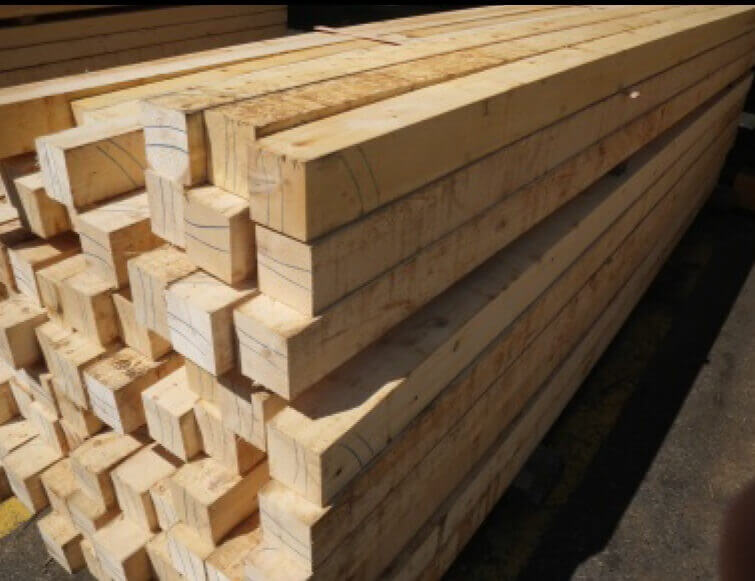Yellow cedar, scientifically known as Callitropsis nootkatensis (formerly Chamaecyparis nootkatensis), is a species of cypress native to the coastal regions of the northwestern United States and western Canada. Here are some key features and information about yellow cedar:
- Appearance:
- Foliage: Yellow cedar has scale-like leaves that are bright green, and in some cases, they may take on a yellowish hue, giving the tree its name.
- Bark: The bark is thin, reddish-brown, and peels off in strips.
- Size:
- Yellow cedar is a medium to large-sized tree. It can reach heights of up to 60 meters (200 feet) and has a conical or columnar shape.
- Habitat:
- Yellow cedar is commonly found in coastal and montane forests, often growing in moist, well-drained soils. It can thrive in a variety of conditions, from sea level up to mountainous regions.
- Range:
- The natural range of yellow cedar extends from southeastern Alaska through coastal British Columbia and into northern Washington State.
- Wood Properties:
- The wood of yellow cedar is highly valued for its durability, resistance to decay, and natural preservatives. It is used for a variety of purposes, including boat-building, outdoor construction, and shingles.
- Cultural and Traditional Uses:
- Indigenous peoples in the Pacific Northwest have traditionally used yellow cedar for various purposes, including crafting tools, canoes, and ceremonial items. The wood is also valued for its cultural significance.
- Climate Sensitivity:
- Yellow cedar has received attention due to its sensitivity to climate change. Warmer temperatures and reduced snowpack in its range have led to increased mortality. The tree is particularly vulnerable during the winter months when its shallow root system can be exposed to freezing conditions.
- Conservation Concerns:
- Concerns about climate-related stress on yellow cedar populations have raised conservation awareness. Efforts are underway to monitor and protect these trees, and research is ongoing to understand and mitigate the impacts of climate change on the species.
- Wildlife Habitat:
- Yellow cedar forests provide habitat for various wildlife species, contributing to the biodiversity of the ecosystems in which they are found.
Yellow cedar is a species with ecological, cultural, and economic importance in the Pacific Northwest. Ongoing research and conservation efforts aim to ensure the sustainability of its populations in the face of environmental changes.




